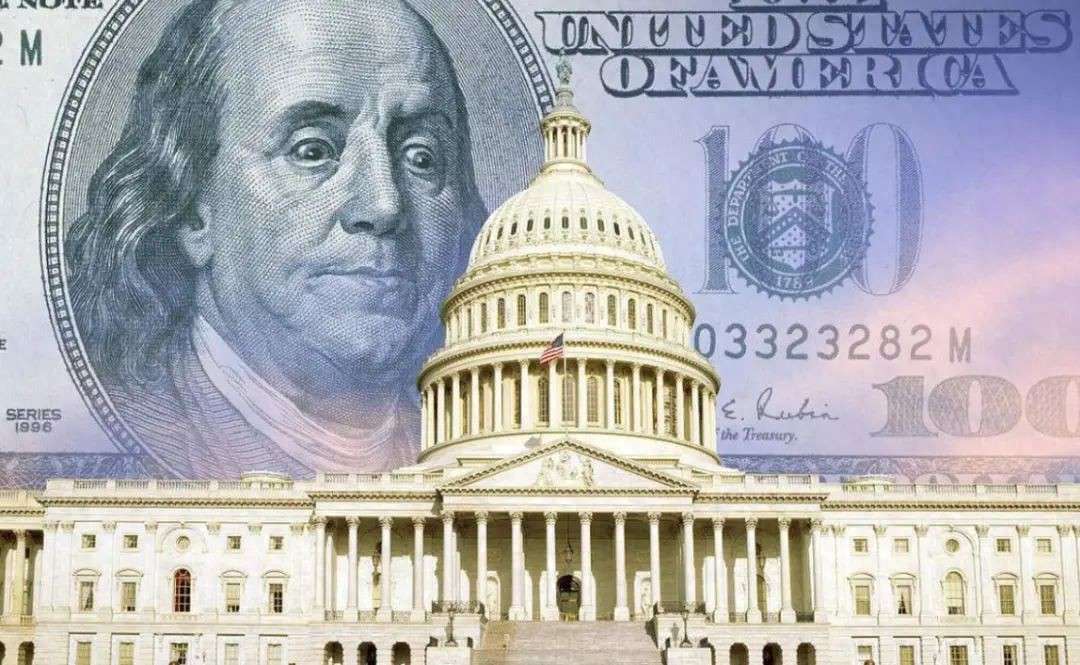The Dollar is Challenging Now
Advertisements
The U.S. economy is navigating challenging waters as it recently reduced interest rates substantially, marking a significant change in monetary policy. However, this shift has created a precarious situation for the U.S. dollar, which now finds itself trapped in a dilemma. The rates are neither high enough to boost the dollar significantly nor low enough to facilitate a quick recovery. The balance is delicate, as the financial landscape is laden with risks that could escalate into larger crises.
Historically, the relationship between U.S. economic growth and the level of treasury yields has been closely monitored, establishing a threshold of around 3%. This figure represents a limit that long-term market capital can sustainably bear. Beyond this point, the cost of capital rises dramatically, creating a scenario where investment yields might not cover the increased borrowing costs. This discrepancy can lead to a withdrawal of capital, potentially triggering a collapse in the financial markets.
In September 2022, the Federal Reserve adjusted rates to that critical 3% mark, which precipitated several adverse reactions: the crises involving UK pension funds, the troubles at Credit Suisse, and geopolitical tensions, particularly following Russia's mobilization affecting global stability. Such events underscore the significance of maintaining an equilibrium around that 3% rate. Exceeding it tends to crank up pressures across financial instruments and geopolitical fronts, intensifying efforts and costs required to sustain market stability.
As of now, interest rates hover near 4.5%, signaling persistent hypertension within the U.S. financial system. A reduction to below 3% is urgently needed for relief. However, should the Fed choose to cut rates swiftly, the ramifications could include an oversupply of dollars seeking investment opportunities in a domestic economy rife with inflationary threats. A swift influx of capital could exacerbate inflation, counteracting the intended stabilizing effects of the rate cuts.
President Biden's administration advocates for lower rates to ease financial burdens on businesses and consumers. Nonetheless, rising inflation poses an inherent risk that could derail these plans. Newly appointed Treasury Secretary, Janet Yellen, emphasizes the need to uphold a robust dollar policy, aligning with the Fed's aims to balance stability with economic growth.
During a recent hearing, Fed Chair Jerome Powell indicated that there is no rush to implement further rate cuts, emphasizing a preparedness to maintain current monetary policy amidst ongoing risk and uncertainty. The Fed remains vigilant, indicating that if inflation does not continue on a downward trajectory while economic conditions remain strong, prolonged high rates might be necessary. Following an earlier rate cut of 100 basis points, the Fed recently opted to maintain the benchmark rate between 4.25% and 4.5%, revealing a consensus that the initial phase of cuts may have concluded. Many analysts project that the next rate reduction could be postponed until at least September.

Despite the necessary adjustments, the dollar’s current condition, both from an economic perspective and in terms of financial stability, is precarious. As mentioned previously, the underlying challenge lies in determining an outlet for excess dollars following rate cuts. The past few years have seen a paradoxical phenomenon where rising interest rates coincided with stock market gains, and now with the prospect of rate reductions, the market still remains resilient. However, this scenario raises fundamental concerns regarding the global market's available investment avenues, particularly as the U.S. struggles to find a suitable destination for the substantial amounts of dollars available.
What complicates the situation is the understanding that a continuation of rate cuts without a viable outlet for the capital could amplify inflation risks within the economy. This creates a dilemma for the administration, leading to potential strategic recalibrations or trade conflict resolutions to find solutions to these pressing economic challenges. Balancing the dual objectives of maintaining a strong dollar while also navigating the path toward lower interest rates poses a formidable task.
One viable strategy for combating inflation and easing the pressure on the dollar could involve adjustments in the global oil markets. Reducing oil prices could create invaluable breathing room for monetary policy, although accomplishing this requires a delicate approach to international relations, particularly concerning sanctions against Russia and Iran and the need to placate Saudi Arabia.
However, such measures significantly address the symptoms rather than the root socioeconomic issues at hand. The fundamental concern lies within the valuation of the dollar and whether fractional rate reductions can pave the way for the acquisition of sufficient core assets for the U.S. economy.
When examining the broader financial landscape, an essential consideration revolves around the expansion of America's balance sheet amidst rising asset valuations in Western markets, effectively diminishing the dollar's purchasing power. This disconnect manifests as a type of asset scarcity: a considerable amount of capital is available yet simultaneous lack of quality, affordable assets creates a systemic imbalance.
To address this pressing issue from the U.S. perspective, there are two primary options. The first would be to pursue a strategy of thorough reconciliation and substantial investment in China—a scenario that seems implausible given the current geopolitical climate and America's strategic priorities.
The second option could involve intentionally destabilizing the financial bubbles within Western economies, potentially igniting a new crisis that enables the U.S. to acquire quality assets at lower prices. Such a move could not only bolster control over allied core assets but also alleviate the liquidity surplus that threatens market stability. Through this approach, the U.S. could recalibrate its influence in the global economy while addressing its domestic challenges surrounding inflation and asset availability.
Leave A Comment